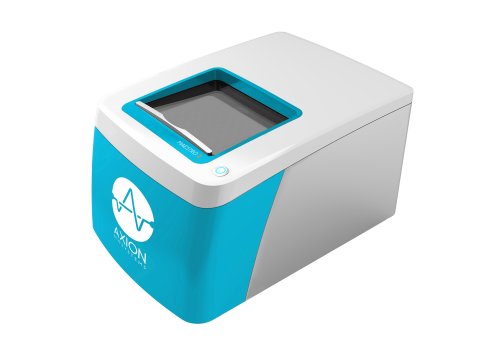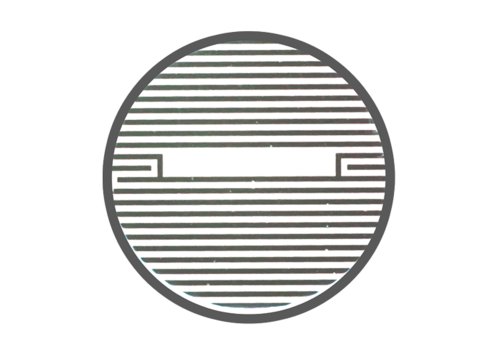Chen Y, Tristan CA, Chen L, Jovanovic VM, Malley C, Chu P-H, Ryu S, Deng T, Ormanoglu P, Tao D, Fang Y, Slamecka J, Hong H, LeClair CA, Michael S, Austin CP, Simeonov A and Singeç I.
Nature, 2021
Summary:
Human pluripotent stem cells (hPSCs) have potential therapeutic use, however strategies are needed to ensure long-term growth and functional differentiation. High-throughput screening strategies were used to help identify a small-molecule cocktail (CEPT) that improves the viability and enhance the cell survival against certain genetic stressors to cardiac and neuronal hPSCs. CEPT represents a unique poly-pharmacological strategy to improve many key steps in stem-cell research, such as cyropreservation, passaging, embryoid body and organoid formation.
The Axion Maestro MEA and impedance systems were used to record data. The microelectrode array (MEA) system recorded the electrophysiological response of the iPSC-derived cardiomyocytes and iPSC-derived motor neurons. The impedance Maestro Z live-cell analysis system recorded continuous analysis of hESCs cell attachment and showed CEPT was the most optimal condition.






